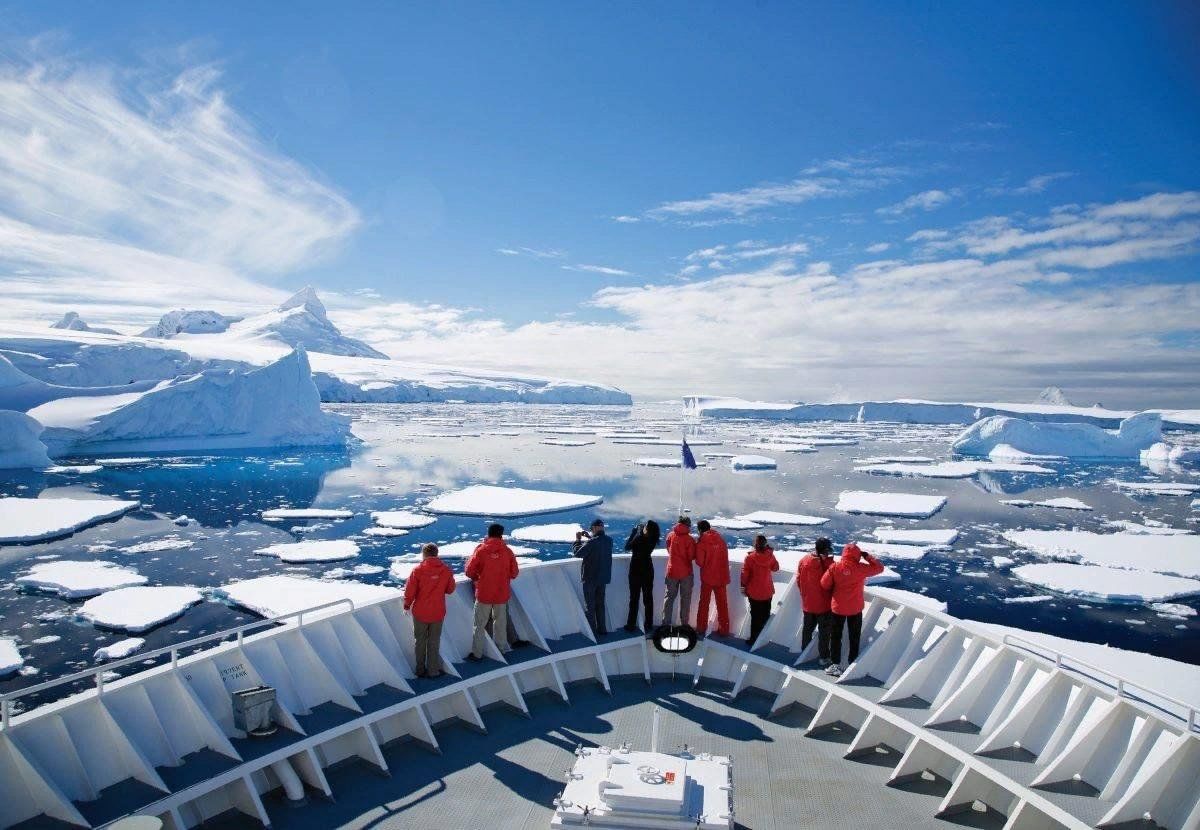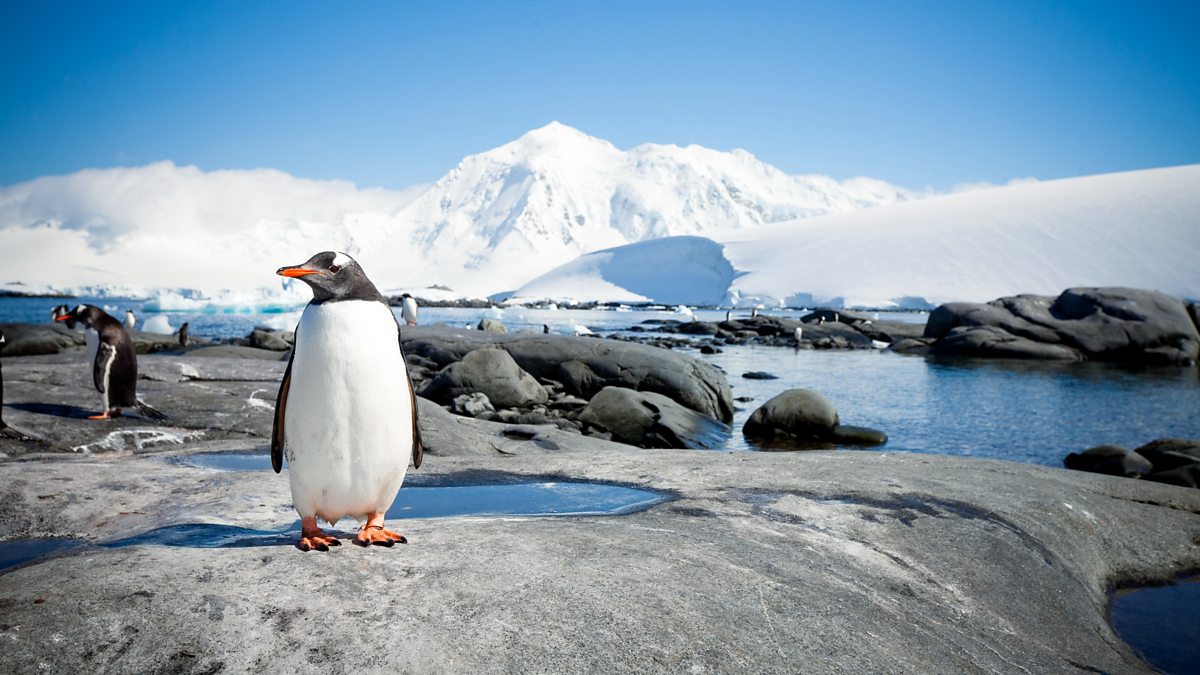The Arctic is one of the most
extreme and breathtaking destinations on Earth. Its stunning landscapes, unique
wildlife, and extreme weather conditions make it a bucket-list destination for
adventurous travelers. However, due to its harsh environment and fragile
ecosystem, careful planning and preparation are essential. Here’s a
comprehensive guide to help you how to
travel Arctic adventure safely and responsibly.
Best Time to Visit
The Arctic experiences extreme
seasonal variations, so choosing the right time to visit is crucial.
- Summer (June to August): Ideal for wildlife spotting, hiking, and cruises.
Temperatures are milder, and there is 24-hour daylight.
- Winter (November to March): Best for experiencing the Northern Lights and Arctic
activities such as dog sledding and snowmobiling. However, temperatures
can drop to extreme lows, and daylight hours are limited.
- Shoulder Seasons (September-October, April-May): Fewer tourists, with a mix of summer and winter
experiences depending on the region.
Choosing Your Mode
of Travel
- Expedition Cruises:
One of the safest and most comfortable ways to explore the Arctic,
offering guided excursions and onboard amenities.
- Overland Adventures:
Traveling by snowmobile, dog sled, or even specialized Arctic trucks can
provide an immersive experience.
- Air Travel:
Some remote Arctic locations are only accessible by charter flights or
small aircraft.

Essential Packing
List
The Arctic’s unpredictable weather
requires specialized clothing and gear:
- Clothing:
Layering is key. Bring thermal base layers, insulated waterproof
outerwear, gloves, wool socks, and face protection.
- Footwear:
Insulated, waterproof boots are essential.
- Gadgets:
A good camera, binoculars for wildlife spotting, and power banks for
electronic devices.
- Other Essentials:
Sunglasses, sunscreen (for snow glare), a first aid kit, and high-energy
snacks.
Staying Safe in the
Arctic
- Weather Awareness:
Always check weather forecasts and be prepared for sudden changes.
- Wildlife Encounters:
Keep a safe distance from polar bears, Arctic foxes, and other wildlife.
Always follow local guidelines.
- Navigation:
GPS and maps are essential, but traveling with an experienced guide is
highly recommended.
- Emergency Preparedness: Carry satellite communication devices, emergency
blankets, and know the nearest evacuation points.
Respecting the
Arctic Environment
The Arctic is a fragile ecosystem,
and responsible tourism is key:
- Follow Leave No Trace principles: Do not leave waste behind and avoid disturbing
wildlife.
- Respect Indigenous Communities: If visiting Arctic settlements, learn about their
culture and traditions.
- Limit Your Carbon Footprint: Choose eco-friendly tours and use sustainable travel
practices.
Understanding
Arctic Laws and Permits
- Visa Requirements:
Check entry requirements for Arctic territories, as they vary by country.
- Special Permits:
Some Arctic regions require special permits for entry or specific
activities such as trekking or camping.
- Safety Regulations:
Follow all guidelines issued by local authorities and tour operators.

Top Arctic
Destinations
- Svalbard, Norway:
Ideal for polar bear sightings and glacier exploration.
- Greenland:
Known for its vast ice sheet, fjords, and Inuit culture.
- Canadian Arctic:
A great place for Northern Lights and indigenous experiences.
- Alaska, USA:
Home to Arctic wildlife and stunning tundra landscapes.
- Russia’s Arctic:
Offers remote, untouched landscapes and unique cultural experiences.
Conclusion
Traveling to the Arctic is a
once-in-a-lifetime experience, but it requires careful preparation and respect
for its delicate environment. By following these guidelines, you can enjoy a
safe, memorable, and responsible Arctic adventure. Whether you’re marveling at
the Northern Lights, spotting a polar bear, or exploring icy fjords, the Arctic
is sure to leave you in awe.

 SURVEY
How Did You Hear About Us?
SURVEY
How Did You Hear About Us?






























Comments